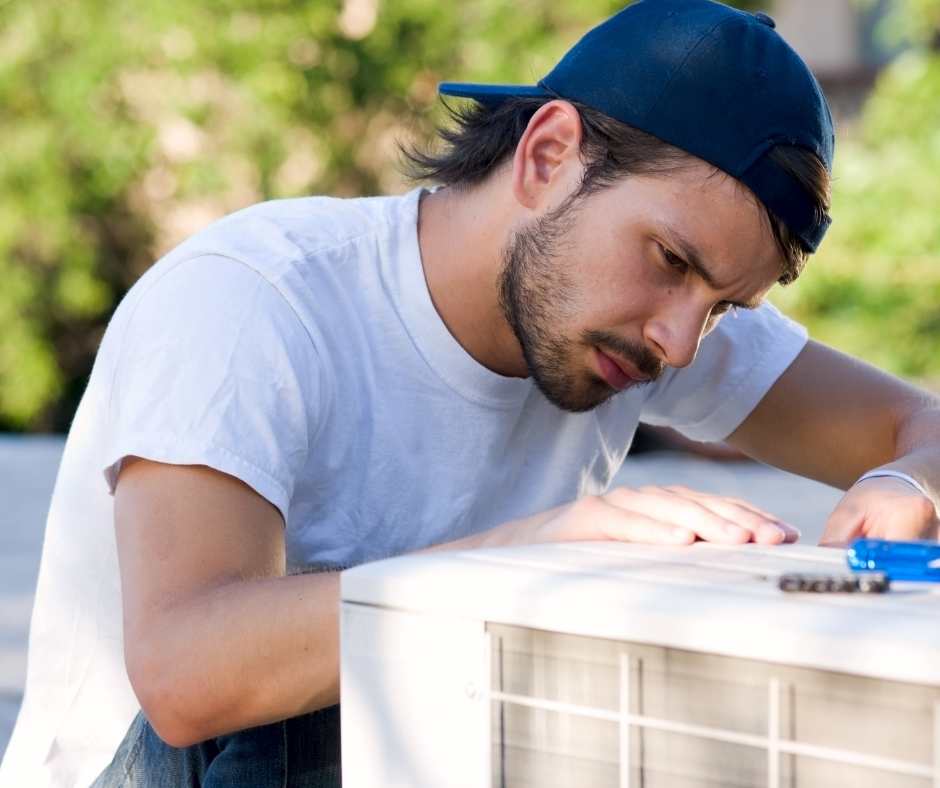
Dirty socks? Did your son leave his smelly gym socks under the bed?
If you’ve walked into your home and noticed a funky odor (especially just after you turned on the air conditioner or the heat pump), we suggest you confront your HVAC about something called dirty sock syndrome. This phrase was coined to describe a phenomenon that arose when heat pumps first came on the market in the 1970s. It was soon traced to decaying organic materials that collected in the heat pump.
Our homes all have a unique odor, of course. While we are living in them, we seldom notice. But if someone could bottle house odors and present you with a flask, you would probably be able to identity familiar ones: ‘Oh, that’s Aunt Ida’s place.’ or ‘I smell Grandma’s house.’
The reason we don’t usually smell our own homes and can’t smell our own body odor is that the nose becomes conditioned, and ceases to respond to certain smells. (That’s not to say you smell bad— but each person has a chemical fingerprint that is perceptable by someone who has a keen nose, like your dog.)
Our home odor is composed of the soaps we use, food, materials, pets, and myriad other factors. All of these things give off microbrobes, which start to accumulate on cooling coils in your air conditioner, say. Even factory-fresh HVAC equipment, which comes with lubricant and is a fertile ground for bacterial compounds, can quickly develop dirty sock odor. When these microbes die and begin to decay inside the equipment, you get the characteristic odor of decomposition. The dead cells then become the feeding source for other microorganisms.
By the way, this happens in the refrigerator, too, if it’s not cleaned regularly, and car air conditioners as well. It’s less common in furnaces because the temperature in a furnace often reaches 160 degrees, hot enough to kill most of the bugs.
The reason heat pumps became linked with dirty socks is because heat pumps are warm in the morning and cool off later in the day. Plus the heat pump does not usually reach a temperature high enough to kill the microbes.
To get rid of dirty sock odor, clean the evaporator coil (or have your HVAC service guy do it) with bleach. You can also spray the coil with an antimicrobial agent. Don’t believe someone who tells you that UV light can always cure the problem, because stuff grows where the light don’t go, to paraphrase some blues song.
Best approach, if you’ve noticed a nasty odor, is to call your HVAC service guy. Unless he or she is just starting out in the business, they probably have a treatment plan. So before the winter comes, you can breathe easy. And quit nagging your poor son. He didn’t do it (this time).
